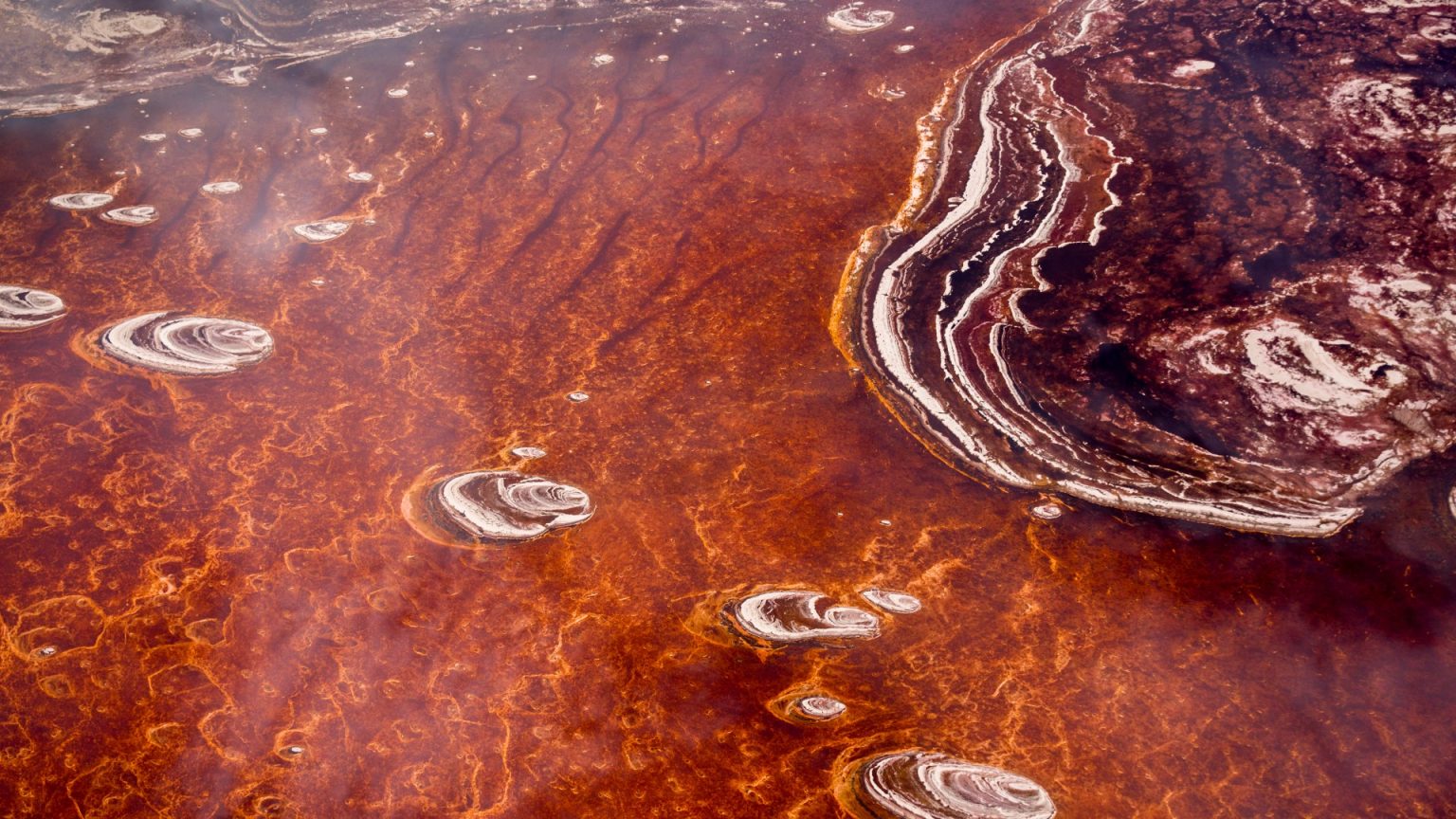Lake Natron, a striking saline lake straddling Tanzania and Kenya, presents a paradox of beauty and peril. Its vibrant reddish-pink hue, derived from the proliferation of cyanobacteria, belies the harsh reality of its highly alkaline waters. While visually captivating, the lake’s chemical composition poses a significant threat to most life forms, turning unsuspecting animals into calcified “stone” statues. This petrified preservation, a morbid testament to the lake’s caustic nature, is a direct result of the extreme pH levels, reaching almost 10.5, comparable to ammonia. This alkalinity, coupled with high concentrations of sodium carbonate, a substance historically used in Egyptian mummification, creates a hostile environment for most creatures.
The unique characteristics of Lake Natron stem from its geological context. Nestled in the shadow of the active Ol Doinyo Lengai volcano, often referred to as the “Mountain of God,” the lake receives a constant influx of mineral-rich waters from surrounding hot springs. These minerals, while contributing to the lake’s vibrant colour, also elevate its alkalinity to lethal levels. The intense heat of the region, with water temperatures soaring up to 60 degrees Celsius, and minimal rainfall, much of which evaporates before reaching the surface, further exacerbate the extreme conditions. This combination of factors creates an environment that is inhospitable to most life, save for a select few extremophile organisms.
Despite its lethal nature, Lake Natron is not devoid of life. Remarkably, the very conditions that prove fatal to many creatures provide a haven for certain hardy species. The alkaline waters are home to haloarchaea, a type of extremophile archaea that thrives in high-salt environments, and Alcolapia latilabris, a species of fish uniquely adapted to the lake’s harsh chemistry. Even more striking is the presence of the Lesser Flamingo, which has not only adapted to the challenging environment but also thrives within it. The lake serves as a critical breeding ground for these vibrant birds, its caustic waters providing a natural defense against predators, transforming the dangerous landscape into a safe haven.
The cyanobacteria, the microscopic organisms responsible for the lake’s distinctive pink colour, are drawn to the mineral-rich waters. They flourish in the alkaline environment, contributing to the otherworldly beauty of the lake. However, these same organisms also contribute to its toxicity. Cyanobacteria produce cyanotoxins, harmful chemicals that can damage the cells, nervous system, and liver of animals that ingest them. This further amplifies the danger of the lake, making it a precarious place for most animals venturing too close.
The calcification process, which transforms animal carcasses into stone-like figures, is a chilling reminder of the lake’s unforgiving nature. Animals that succumb to the high alkalinity and toxic chemicals become encrusted in mineral deposits, effectively preserving their forms in a macabre display. This phenomenon adds another layer to the complex narrative of Lake Natron, a place where beauty and danger coexist in a delicate balance.
Lake Natron stands as a testament to the power and diversity of nature. It is a landscape of extremes, where vibrant beauty masks lethal dangers, and where life finds a way to thrive even in the most challenging conditions. The lake serves as a valuable reminder of the delicate balance of ecosystems and the remarkable adaptability of life on Earth. While its harsh conditions may seem alien and inhospitable, Lake Natron plays a crucial role in supporting a unique and fascinating ecosystem, highlighting the incredible resilience of nature.




